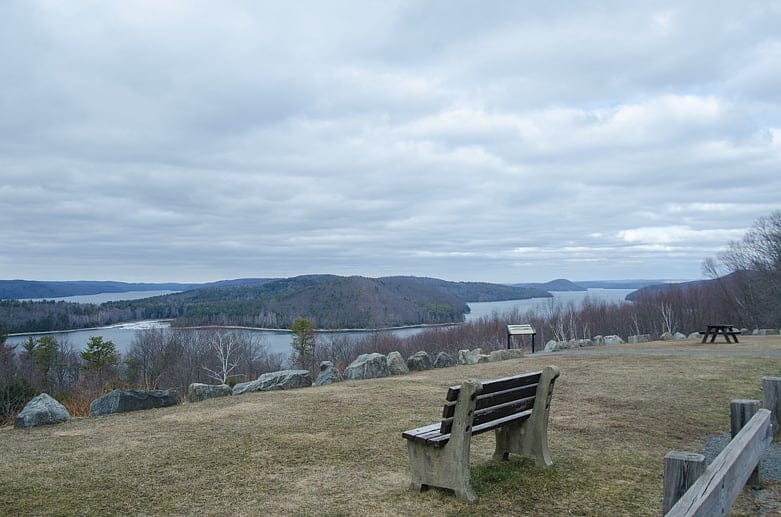Quabbin sacrificed country towns to supply a thirsty Boston

WARE – Desolate grass roads lined with trees lace the landscape around the Quabbin Reservoir, the source of most of Boston's water, the site of a ghost town and one of the longest earthen dams in the U.S.
What is now the largest inland body of water in Massachusetts, the Quabbin is also artificial, created by flooding an area that once held four small towns, Dana, Enfield, Greenwich and Prescott in the Swift River Valley. It amounted to a massive state-authorized land-taking to serve Boston's growing needs.

